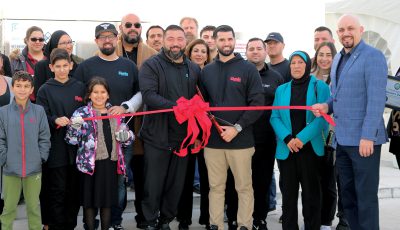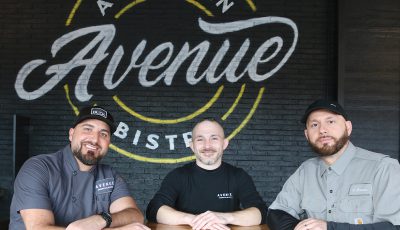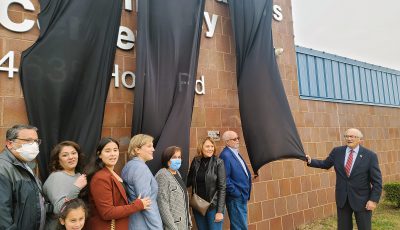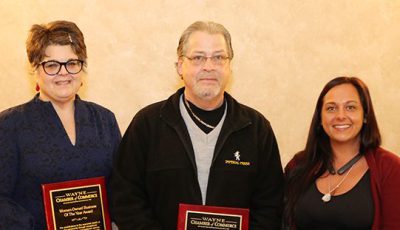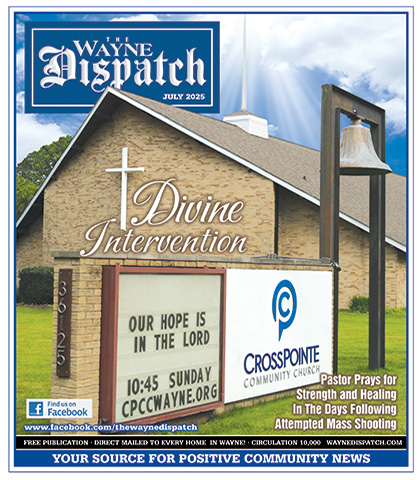Wayne during WWII
 What were Wayne’s contributions to the WWII war efforts? The first contribution would be the human one, over 800 men and 23 women were directly in service to the country. Forty-nine men and one woman from Wayne would lose their life during the course of the war. Twenty-three additional men from the immediate township area around Wayne also lost their lives.
What were Wayne’s contributions to the WWII war efforts? The first contribution would be the human one, over 800 men and 23 women were directly in service to the country. Forty-nine men and one woman from Wayne would lose their life during the course of the war. Twenty-three additional men from the immediate township area around Wayne also lost their lives.
Another contribution would be the population explosion which happened here. In 1940 Wayne’s population was just 4,200 people, but by the war’s end that had doubled to over 8,000 people. The proximity of Romulus Air Base, Willow Run, Stinson, and other war industries caused a mass migration to this area and a housing shortage. Any available room was rented out, and people created apartments in garages and unused buildings. The Avondale subdivision was built to house these workers, as well as Norwayne. While these two subdivisions were being built, there was a temporary trailer park along Howe Road to house the workers.
In town huge bond drives were held to raise money for the war, with Charles Shaffer, owner of the Wayne Theater, personally buying a $10,000 bond. Scrap drives were held, and the old streetcar tracks down Michigan Avenue were ripped up and melted for the War. Wayne High School raised $32,000 in bonds to buy a Stinson ambulance plane for the war, they named it “The Flying Zebra”.
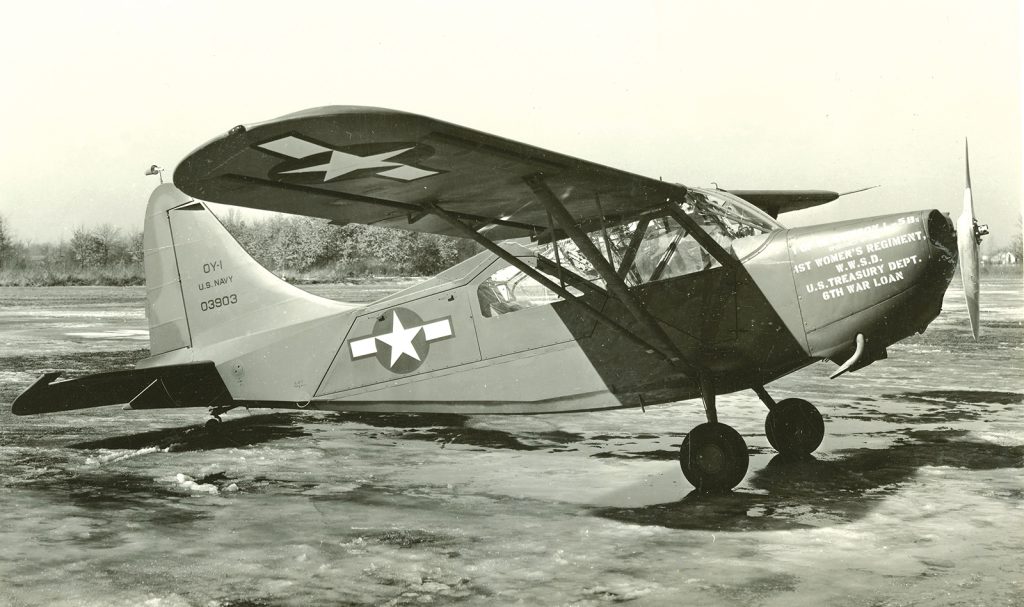
A Stinson L-5 “Flying Jeep”
Wayne also contributed to the wartime industry. Unistrut secretly fulfilled contracts to make strut supports, mounting racks, and framing for Oakridge National Laboratory in Tennessee, where the atom bomb was developed. Stinson Aircraft switched from making passenger planes to the L-5 flying ambulance, a lightweight plane for medical evacuations. The vacant Graham Paige plant was requisitioned and turned into a Bendix factory where they made carburetors and airplane struts for P-51 Mustangs and P-38 Lightnings. An old car dealership at 35405 Main Street was turned into a school for war workers, teaching welding. With the men away, women were the primary workers at many of the local plants, especially Stinson. Historical Society member Emma Timmermann is an original “Rosie” that worked at Stinson during the war. After the war, when a new high school was built, it was decided to add “Memorial” to its name to honor the men and women from Wayne who lost their lives in the war.



